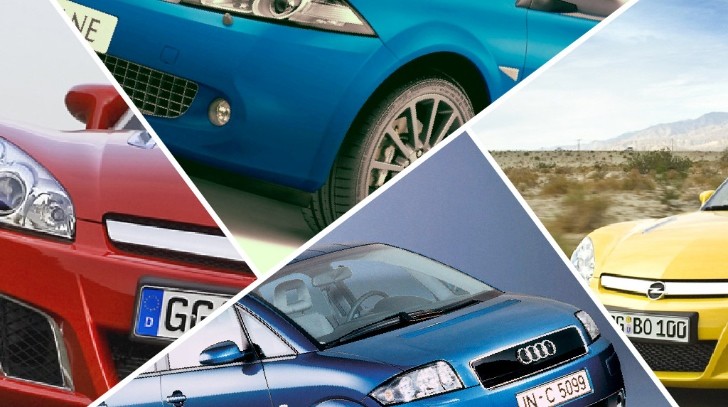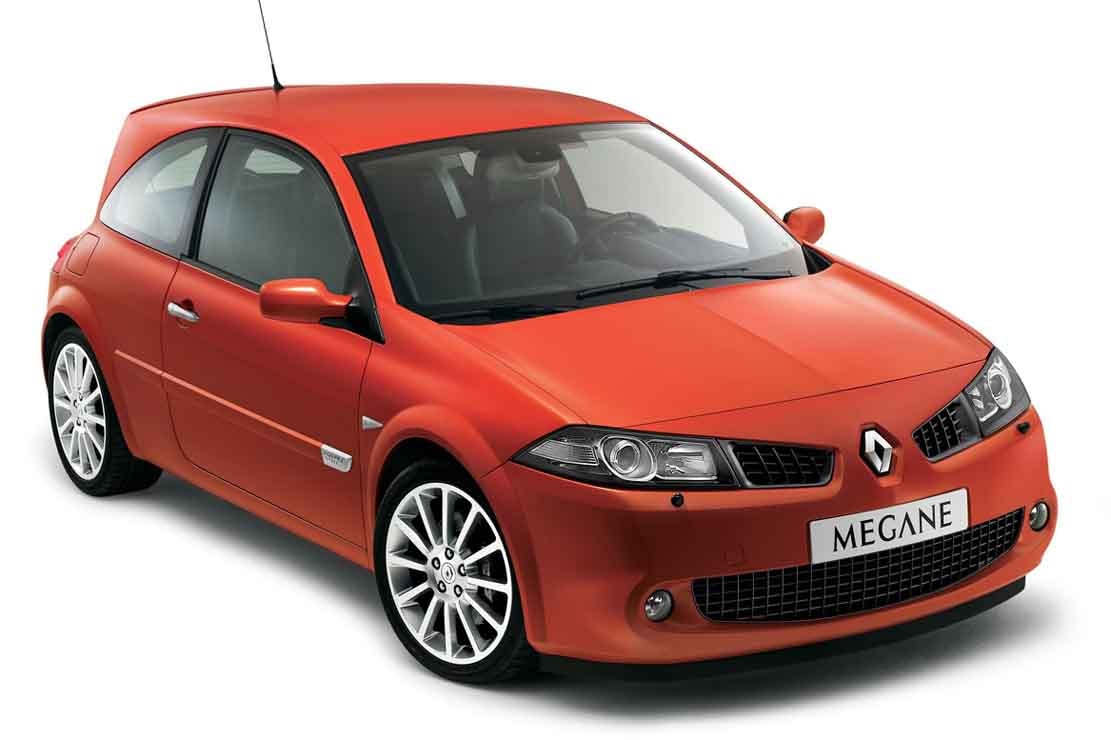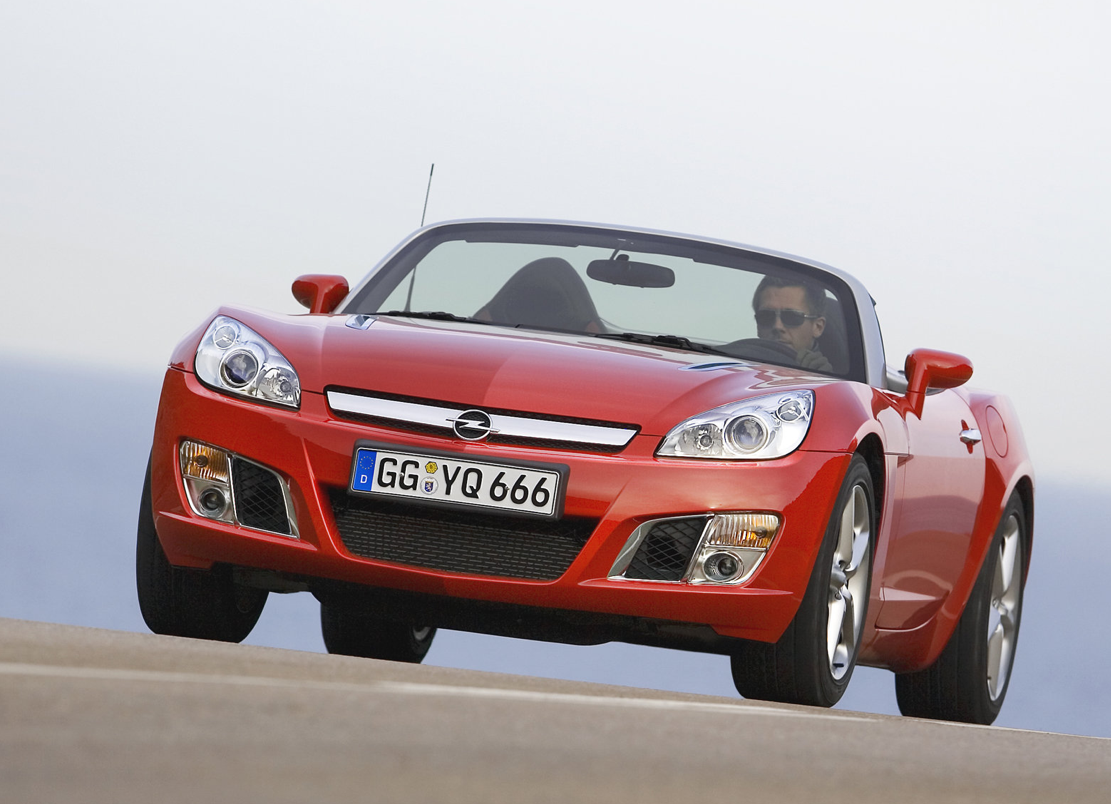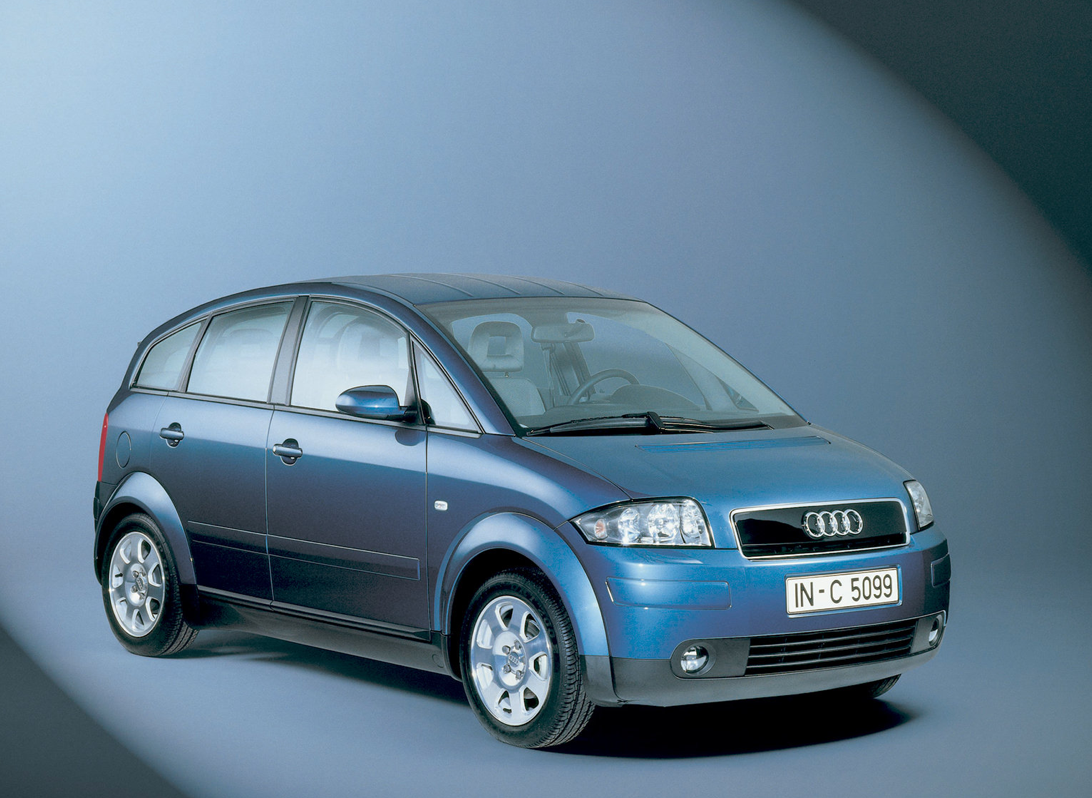They say that hindsight is 20/20, but we’d settle for a lot less than that, a lot less indeed. If we can understand the mistakes of the past, we have a better chance of not repeating them in the future. Reluctancy to change, to adapt to the times is a big problem. It's what GM did, and it almost cost them everything. One constantly reoccurring theme is bringing cars to market before people are actually ready for them. That's why we have research groups, why market studies are made and why not every concept get the green light for production.
Telling you about cars from the 60s that were ahead of their time would be rather pointless, because there'd be nothing to lean, since the GTOs, Mercurys, Ramblers and Oldsmobiles aren't exactly relevant packages today. Instead, I'd like to tell you the story of 5 relatively modern cars which I think came a little too early.
With the previous generation Renault Megane, the go-fast folks at the RS division had the brilliant idea of a diesel powered hot hatch. They used one of their existing 2.0-liter dCi units which they tuned to produce 175 horsepower and 360 Nm of torque. Yes, it was more efficient than the regular RS 225, but fuel prices weren't as high back then and people complained the power band was too narrow. As a result, next-to-nobody actually bought one, which hurts if you're trying to buy one second hand.
Fast forward a few years and performance diesels have taken over. Audi has made its first S-badged SUV, the SQ5, a diesel and BMW has a tri-turbo engine that make headlines with an unbelievable 381 hp and 740 Nm (546 lb-ft) of torque. In the hot hatch segment, the Golf GTD is picking up pace and people are begging VW to bring to to the US.
The old GTD had 170 hp, but its successor has 184 and is as fast as hot hatches were about a decade ago, while being 40% more efficient than a GTI. VW has also pledged a new type of TDI with 120 hp per liter and Audi will bring a small biturbo 2-liter with over 200 hp to the next A4. In short, performance diesel is becoming mainstream!
So where's Renault in all this? Well, the MkIII Megane RS is on its last legs, as a new model is likely to come out in 2014. Still, you can have a 2.0-liter dCi in the Megane Coupe, but it only makes 165 hp, exactly 100 hp less than the RS 265. They have a more powerful 180 hp unit in the Laguna Coupe, but have never tailored it for hot hatch use.
On February 1st, 2006, the Germans announced the Opel GT, powered by a turbocharged 2.0-liter engine with 264 hp, direct injection, variable camshaft phasing and other high-tech engine management gizmos. It looks positively gorgeous, fitted with standard 18-inch wheels and sitting low to the ground.
In the first year of production, 2007, they sold only a little over 2,000. The next year, a little under 5,000, and then people realized houses were overpriced and bankers started committing suicide.
So why did it flop? Was it because it was overpriced? At €30,675 ($ 40,776) in Germany, including VAT, that can hardly be the case. Because the 2-liter engine was turbocharged, the car suffered from turbo lag. This cost it points in comparison tests, which revealed controlling the car on the limit was somewhat tricky when power delivery wasn't predictable.
Auto bloggers constantly called this a pig of a car, undepowered compared to its predecessor, Speedster/ VX 220. Of course, that car was based on a Lotus, so it's like comparing apples and berries.
Buyers believed roadsters would forever be naturally aspirated, like the BMW Z4 or the Honda S2000. Nowadays, we routinely put up with turbo engines in sportscars because traction control keeps everything within the lines. The Z4 is all-turbo across its engine range and the S2000 is a thing of the past.
They also said the Opel GT was too heavy for its size, not very precise, not very fun to drive and lacking in feel. We have that today as well, it's called the Audi TT, and it's doing very well. Because of how elegant and simple it is to drive, Audi just announced they've sold a the 500,000th example of the TT and are selling us a special edition which costs way more than €30,675. How nice!
The A2 entered production in 1999, before premium superminis, before the MINI Cooper rebirth and before everybody started using composite materials. Audi wanted to make the perfect small car and they used aluminum to do it. It was also an MPV with maximized interior space, something not seen on the Corsas and Fiesta of its day.
An aluminum body meant that the base car only weighed 895 kilograms (1,973 lbs). That's about the same as a MkII Golf, even though it came with a lot of premium goodies. It was also fun to drive and extremely fuel efficient, but this did not win it too many fans because of the design and probably the price. Audi was rumored to be very disappointed with its sales of only 176,000 units when production stopped in 2005.
The A2 also came with a groundbreaking new engine, the 1.2 TDI which was nicknamed the 3L. The sort of engine used today by the Skoda Fabia gave the A2 only 61 PS and 140 Nm of torque yet in return asked for an amazing 3.0 L/100 km (94 mpg UK) and emitted just 81 grams of CO2. Only 6450 units of this car were ever made, compared to the thousands of such models sold today by VW and Skoda every month.
Nowadays, just about everybody uses aluminum in its cars, but the A2 was such a flop that I think Audi is reluctant to bring it back again under the same name.
Renault Megane RS 175 dCi, a Performance Diesel Hot Hatch
The hot hatch is is an old and simple idea, as simple as the musclecar. Although the genre evolved steadily over the years, nobody ever tried anything new, anything that showed thinking outside the Ikea box.With the previous generation Renault Megane, the go-fast folks at the RS division had the brilliant idea of a diesel powered hot hatch. They used one of their existing 2.0-liter dCi units which they tuned to produce 175 horsepower and 360 Nm of torque. Yes, it was more efficient than the regular RS 225, but fuel prices weren't as high back then and people complained the power band was too narrow. As a result, next-to-nobody actually bought one, which hurts if you're trying to buy one second hand.
Fast forward a few years and performance diesels have taken over. Audi has made its first S-badged SUV, the SQ5, a diesel and BMW has a tri-turbo engine that make headlines with an unbelievable 381 hp and 740 Nm (546 lb-ft) of torque. In the hot hatch segment, the Golf GTD is picking up pace and people are begging VW to bring to to the US.
The old GTD had 170 hp, but its successor has 184 and is as fast as hot hatches were about a decade ago, while being 40% more efficient than a GTI. VW has also pledged a new type of TDI with 120 hp per liter and Audi will bring a small biturbo 2-liter with over 200 hp to the next A4. In short, performance diesel is becoming mainstream!
So where's Renault in all this? Well, the MkIII Megane RS is on its last legs, as a new model is likely to come out in 2014. Still, you can have a 2.0-liter dCi in the Megane Coupe, but it only makes 165 hp, exactly 100 hp less than the RS 265. They have a more powerful 180 hp unit in the Laguna Coupe, but have never tailored it for hot hatch use.
Opel GT, the Heavy, Turbocharged Roadster
Named after one of the all-time coolest Opels, developed on a substancial budget together with sister cars from the Saturn and Pontiac brands and powered by one of the highest specific output engines of the time – that sounds like the formula for the perfect sportscar, but it's actually one for an embarasing flop.On February 1st, 2006, the Germans announced the Opel GT, powered by a turbocharged 2.0-liter engine with 264 hp, direct injection, variable camshaft phasing and other high-tech engine management gizmos. It looks positively gorgeous, fitted with standard 18-inch wheels and sitting low to the ground.
In the first year of production, 2007, they sold only a little over 2,000. The next year, a little under 5,000, and then people realized houses were overpriced and bankers started committing suicide.
So why did it flop? Was it because it was overpriced? At €30,675 ($ 40,776) in Germany, including VAT, that can hardly be the case. Because the 2-liter engine was turbocharged, the car suffered from turbo lag. This cost it points in comparison tests, which revealed controlling the car on the limit was somewhat tricky when power delivery wasn't predictable.
Auto bloggers constantly called this a pig of a car, undepowered compared to its predecessor, Speedster/ VX 220. Of course, that car was based on a Lotus, so it's like comparing apples and berries.
Buyers believed roadsters would forever be naturally aspirated, like the BMW Z4 or the Honda S2000. Nowadays, we routinely put up with turbo engines in sportscars because traction control keeps everything within the lines. The Z4 is all-turbo across its engine range and the S2000 is a thing of the past.
They also said the Opel GT was too heavy for its size, not very precise, not very fun to drive and lacking in feel. We have that today as well, it's called the Audi TT, and it's doing very well. Because of how elegant and simple it is to drive, Audi just announced they've sold a the 500,000th example of the TT and are selling us a special edition which costs way more than €30,675. How nice!
The Audi A2, an Aluminum Fuel Sipper
Speaking of Audi, they had a flop as well, the A2. I know, I know, it's as ugly as a donkey with lipstick on and looking at it makes me want to crawl into a ball. But the idea behind it is very sound and very ahead of its time.The A2 entered production in 1999, before premium superminis, before the MINI Cooper rebirth and before everybody started using composite materials. Audi wanted to make the perfect small car and they used aluminum to do it. It was also an MPV with maximized interior space, something not seen on the Corsas and Fiesta of its day.
An aluminum body meant that the base car only weighed 895 kilograms (1,973 lbs). That's about the same as a MkII Golf, even though it came with a lot of premium goodies. It was also fun to drive and extremely fuel efficient, but this did not win it too many fans because of the design and probably the price. Audi was rumored to be very disappointed with its sales of only 176,000 units when production stopped in 2005.
The A2 also came with a groundbreaking new engine, the 1.2 TDI which was nicknamed the 3L. The sort of engine used today by the Skoda Fabia gave the A2 only 61 PS and 140 Nm of torque yet in return asked for an amazing 3.0 L/100 km (94 mpg UK) and emitted just 81 grams of CO2. Only 6450 units of this car were ever made, compared to the thousands of such models sold today by VW and Skoda every month.
Nowadays, just about everybody uses aluminum in its cars, but the A2 was such a flop that I think Audi is reluctant to bring it back again under the same name.




